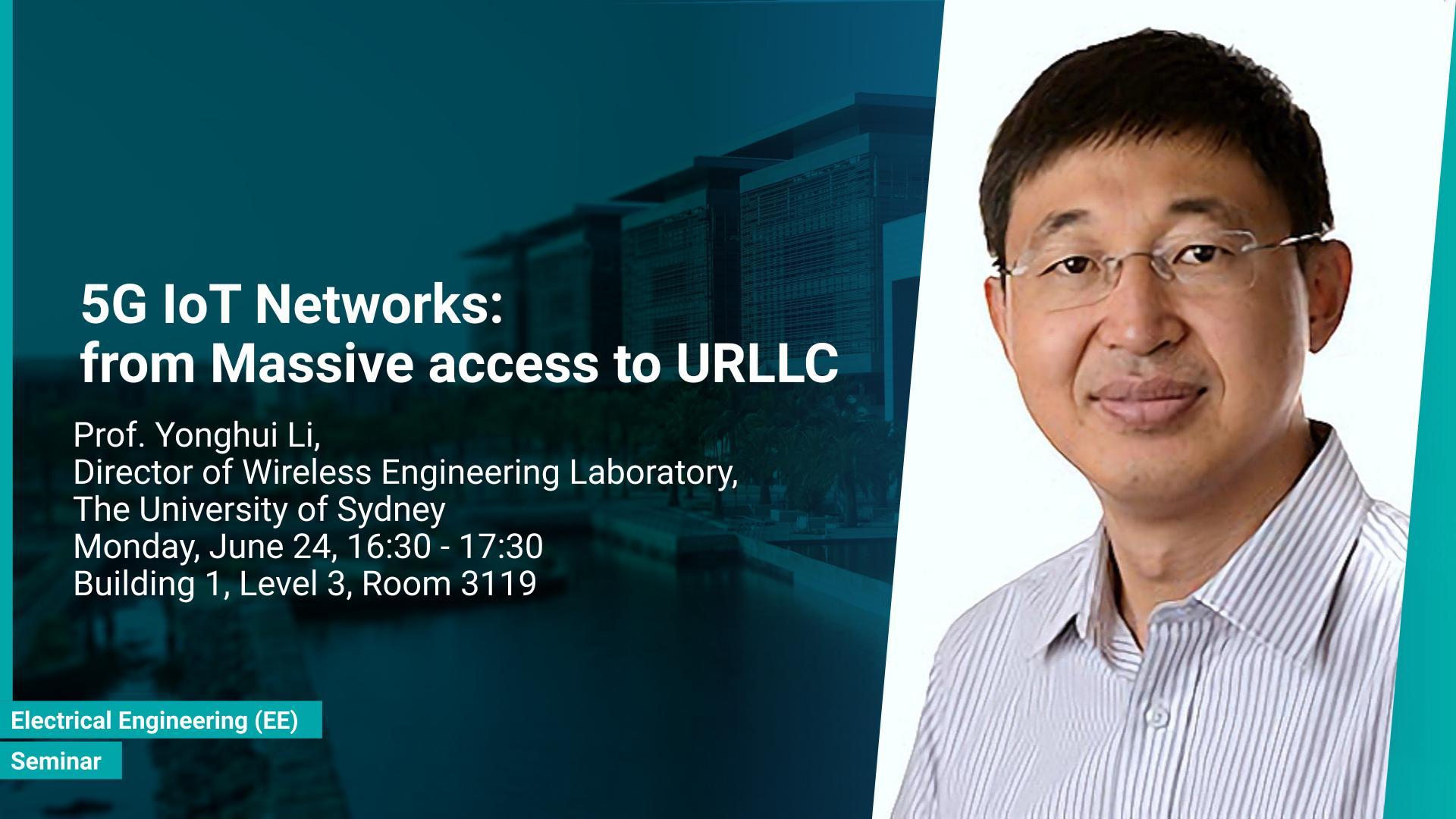Abstract
Connected smart objects, platforms and environments have been identified as the next big technology development, enabling significant society changes and economic growth. The entire physical world will be connected to the Internet. The intelligent network for automatic interaction and processing between objects and environments, referred to as the Machine to Machine Communications (M2M) for Internet of Things (IoT), will become an inherent part of areas such as electricity, transportation, industrial control, utilities management, healthcare, water resources management and mining. Wireless networks are one of the key enabling technologies of the IoT. They are likely to be universally used for last mile connectivity due to their flexibility, scalability and cost effectiveness. The attributes and traffic models of M2M systems are essentially different from those of conventional human to human (H2H) systems, which are designed to transmit voice, data and multimedia. M2M access networks face many unique challenges that cannot be addressed by existing network protocols; these include support for a truly massive number of devices, the transmission of huge volumes of data burst in large-scale networks over limited bandwidth, and the ability to accommodate diverse traffic patterns and quality of service (QoS) requirements. Some IoT applications have much stringent latency and reliability requirements which cannot be accommodated by existing wireless networks. To address these challenges, M2M requires the development of new wireless access technologies, underlying network protocols, and signal processing techniques. In this talk, I will present the wireless M2M development, architecture, key challenges, requirements, potential solutions and recent research progress in this area, particularly in massive access protocols and ultra-reliable and low latency communications (URLLC).
Biography
Yonghui Li is a Professor and Director of Wireless Engineering Laboratory, in School of Electrical and Information Engineering, the University of Sydney. He is the recipient of the prestigious Australian Research Council (ARC) Queen Elizabeth II Fellowship in 2008 and ARC Future Fellowship in 2012. His current research interests are in the area of wireless communications, Internet of Things, Wireless networks, 5G and wireless AI. He participated in $500million Australian national Smart Grid Smart City project, the world first large-scale demonstration project. He has published more than 200 papers in IEEE journals and conferences. His now an editor for IEEE Transactions on Communications, and IEEE Transactions on Vehicular Technology. He also served as a guest editor for several special issues of IEEE journals, such as IEEE JSAC special issue on Millimeter Wave Communications, IEEE IoT Journal, IEEE Communications Magazine on Wireless AI, IEEE Access. He received the best paper awards from IEEE International Conference on Communications (ICC) 2014, IEEE PIMRC 2017 and IEEE Wireless Days Conferences (WD) 2014. He is a Fellow of IEEE.

